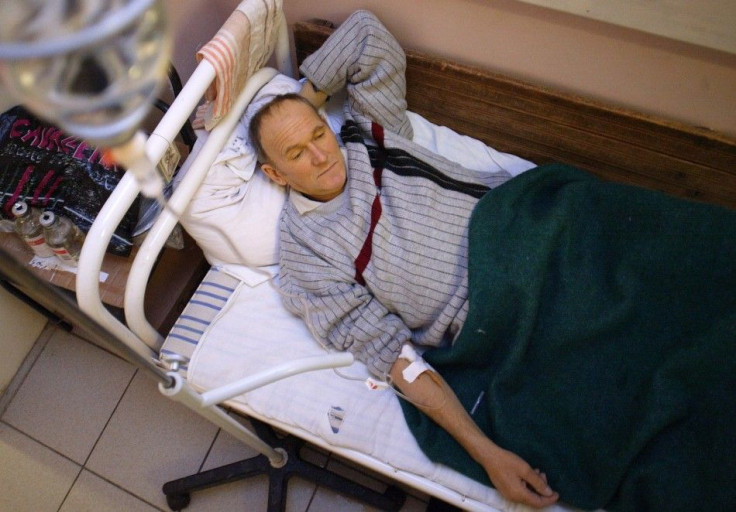Health Officials Warn of Soaring Hepatitis Rates Around the World

About one third of the global population, or two billion people, have been infected with one of the viruses that causes the liver disease hepatitis B - one of five forms of the virus - which kills about a million victims annually, the World Health Organization said on Tuesday.
Public health officials say roughly 130 million injection drug users worldwide suffer from hepatitis C, and about 1.4 million suffer from Hepatitis A. And although most of those carrying hepatitis may not know they have it, they can unknowingly transmit it to others and at any time in their lives it can develop to kill or disable them, the United Nations agency warned.
"This is a chronic disease across the whole world, but unfortunately there is very little awareness, even among health policy-makers, of its extent," WHO hepatitis specialist Steven Wiersma told a news conference. The conference marked the first U.N. World Hepatitis Day, called by the world body to raise awareness of the viral disease, largely spread by contaminated water and food, blood, semen and other body fluids.
Researchers analyzed international data and found that rates of hepatitis C infection among injection drug users were 60 to 80 percent in 25 countries and greater than 80 percent in 12 other countries, according to the WHO document.
The countries believed to have the highest rates of injection drug users with the hepatitis C virus (HCV) were seen in China, listing 1.6 million people, the United States, with 1.5 million, and Russia with 1.3 million, while the lowest rates of the virus were in New Zealand, where 52 percent of the population suffered, Australia where 55 percent did and the United Kingdom with 50 percent, the researchers noted.
Wiersma said the disease - which has five main viruses - produced a "staggering toll" on health care systems around the globe and had the potential to spark epidemics, as well as being the main cause of liver cirrhosis and cancer.
Of the five viruses dubbed A, B, C, D and E, a new WHO document said B was the most common and could be transmitted by mothers to infants at birth or in early childhood as well as through contaminated injections or injected drug use.
The E virus, transmitted through infected water or food, is a common cause of outbreaks of the disease in developing countries and is increasingly observed in developed economies, according to the WHO. The agency says effective vaccines had been developed to combat the A and B viruses and could also be used against D. A vaccine for hepatitis E had been developed but was not widely available, while there was none for the C virus.
Vaccination campaigns had scored considerable success in many countries, with about 180 of the WHO's 193 member states now including the B vaccine in infant immunization programs, the agency said. But more needed to be done to prevent or control the disease. It was vital to ensure that people already infected could be tested and given quality care and treatment without delay, the WHO document declared.
(Reuters)
The National Institues of Health has more on Hepatitis C.
© Copyright IBTimes 2025. All rights reserved.





















